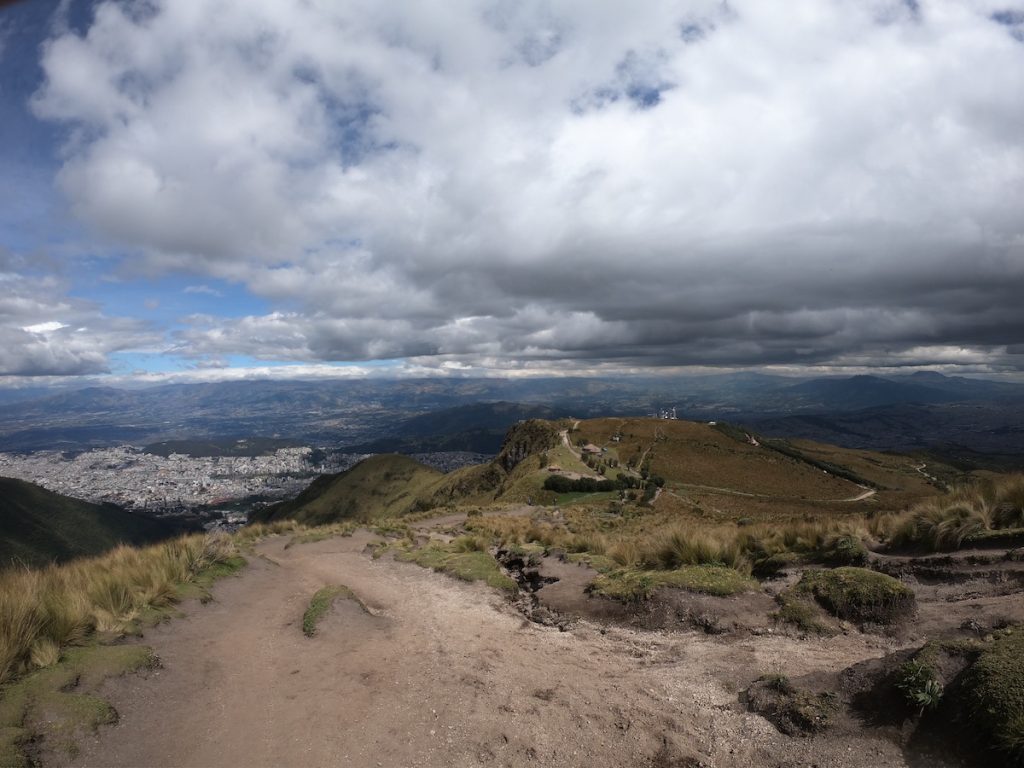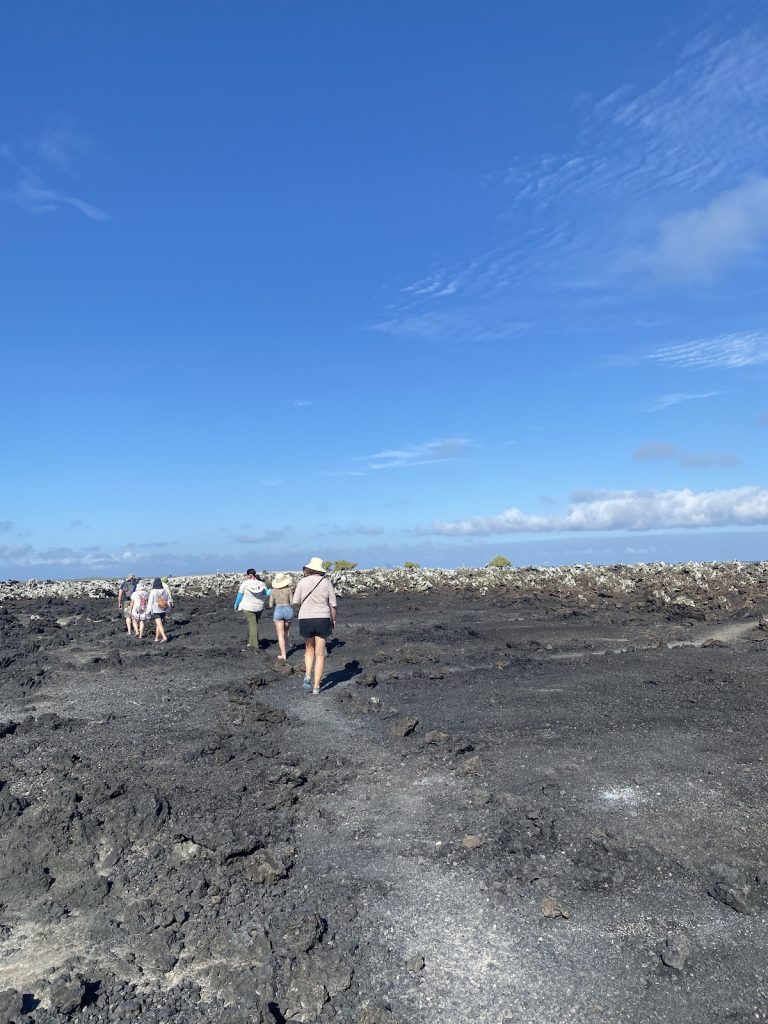It might come as a pleasant surprise that Ecuador’s official currency is the US dollar. For many travelers, this makes Ecuador a convenient and budget-friendly destination, as there’s no hassle of dealing with unfamiliar currency.
If you’re coming from the US, you can bring US dollars directly, with no need to exchange money. Travelers from Europe or Asia can easily convert their local currency into US dollars before arriving, ensuring a smooth start to their Ecuadorian adventure.
Planning a trip to Ecuador? While using US dollars simplifies things, navigating local money practices can still be tricky. To save time and avoid hassle, let trusted Ecuadorian travel specialists help you with a FREE personalized itinerary. They’ll guide you through everything, from budgeting tips to must-see destinations, while supporting this blog and local communities.
Table of Contents
Plan perfect trip to Ecuador & Galapagos
I spent countless hours researching everything about traveling to Ecuador, and I created this blog for fellow travel enthusiasts who want the best, most reliable information. But if you want to save time, we’ve partnered with the top local agency to plan your dream trip.
Money Tips for Travelers to Ecuador
While the use of the US dollar does simplify things in Ecuador, there are still a few tips to keep in mind when handling money there.
Credit cards have become more widely accepted as networks have improved, yet cash remains the preferred method of payment across the country. I found myself in situations where using a credit card was challenging, as many businesses still don’t accept them.
So, when you’re exploring Ecuadorian cities, it’s helpful to keep a few key considerations in mind for smooth transactions.
Small Bills and Changes
I quickly learned that carrying smaller denominations is essential in Ecuador. Taxi drivers, small store owners, and many cafes and restaurants often lack change for amounts over $10. Trying to pay with $50 or $100 bills became a real hassle, with many businesses outright refusing them.
To avoid issues, it’s best to rely on larger establishments like supermarkets for breaking bigger bills, or even calling ahead if you anticipate needing change. If you’re traveling with US dollars, make sure to bring a good supply of $5, $10, and $20 bills, and limit the number of $100 bills you carry.
Avoid Traveler’s Check
Travelers’ checks are best left at home when visiting Ecuador. Few places accept them, and converting them to cash usually means a lengthy wait at specific banks and a lot of tedious paperwork. It’s far simpler to stick with cash or cards for a hassle-free experience.
ATMs
Know the Ecuadorian Coins
Ecuador mints some of its own coins, though all currency bills are sourced from the US. You’ll notice Ecuadorian coins in denominations of 1, 5, 10, 25, and 50 cents, which are the same size as US coins but feature unique designs. It’s a good idea to spend these coins while you’re still in Ecuador, as they aren’t accepted in the US.
Call Your Bank Before Traveling
Before heading to Ecuador, it’s wise to call your bank to inform them of your travel plans. Make sure your account reflects that you’ll be in South America and that you have a contact person in case you run into any issues.
Without this step, you might find yourself struggling to access funds if your bank’s automated system flags foreign transactions. Constantly declined transactions can be a hassle, so taking this precaution can help avoid any unnecessary stress during your travels.
Traveling in Ecuador is easier with the right preparation—especially when it comes to managing money. To make the most of your adventure, get a FREE custom travel plan from local experts who know all the ins and outs. It’s a stress-free way to explore, and your booking helps support both this blog and Ecuadorian communities!
Ecuador Currency History
From the late 1800s until 2000, Ecuador’s official currency was the Ecuadorian Sucre, issued by the Banco Central del Ecuador (Central Bank of Ecuador). Named after Antonio José de Sucre, the beloved Bolivian president and liberator of modern-day Ecuador, the currency held deep historical significance.
By the late 20th century, however, Ecuador was facing severe economic instability, with inflation causing prices to skyrocket and the sucre’s value to plummet. In response, Ecuador made the major decision to adopt the US dollar in 2000. This shift was facilitated by Ecuador’s trade surplus, as selling more oil and goods for US dollars helped stabilize the currency supply. Ecuadorians were given a specific timeframe to exchange their sucres for dollars.
Since the transition, Ecuador’s inflation rates have stabilized, and the economy has shown steady growth. While no longer in use, the sucre remains a vital part of Ecuador’s history and identity.

Planning trip to Ecuador?
My wife and I rented a car for 15 days and traveled from the northern part of Ecuador to the south, visiting amazing cities like Quito, Otavalo, Baños, Cuenca, and Guayaquil. Along the way, we explored iconic places such as Cotopaxi National Park, Quilotoa Lake, and many more breathtaking destinations.
Not many blogs cover traveling in Ecuador in detail, so I spent nearly three weeks creating this comprehensive Ecuador travel guide based on our trip. It’s packed with everything you need to know, and honestly, I consider it the best free travel guide about Ecuador out there.
If you’re planning a trip to Ecuador, don’t forget to use my link for discounted hotel prices through Booking.com. It’s a great way to support my blog while saving money on your accommodations!
Bottom Line
Plan perfect trip to Ecuador & Galapagos
I spent countless hours researching everything about traveling to Ecuador, and I created this blog for fellow travel enthusiasts who want the best, most reliable information. But if you want to save time, we’ve partnered with the top local agency to plan your dream trip.





How to get visa